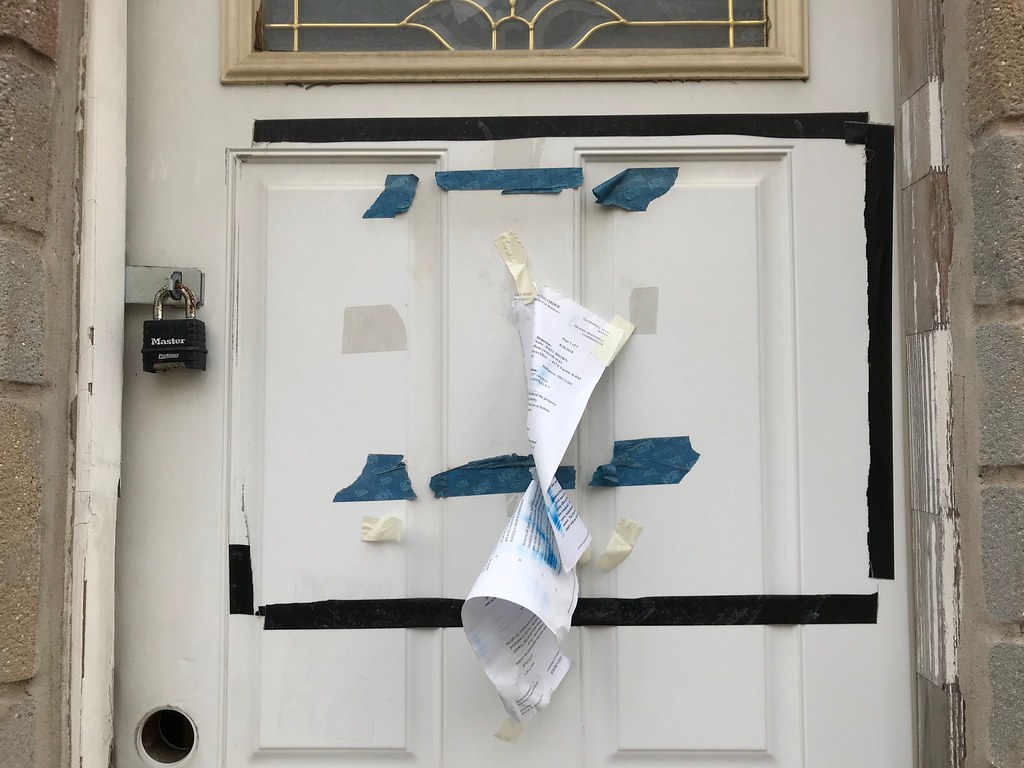“Further Inspection: Integrating Housing Code Enforcement and Social Services to Improve Community Health”
International Journal of Environmental Research and Public Health
Action Insights
Last Updated
Topics
Data and Evidence, Innovation
Locations
North America, Northeast Region, United States
Housing inspectors often witness hidden and serious threats to public health yet lack the tools and training necessary to respond. This study supported by the Bloomberg Harvard City Leadership Initiative shows that integrating referrals for social services within home inspections not only improves the quality of life for referred residents, but it also increases inspectors’ effectiveness and job satisfaction while having far-reaching benefits for entire communities.
Read the Action Insights below, or download as a PDF for use later.
Imagine you are a housing inspector entering the home of a family with young children. You notice the pantry and refrigerator are empty, and you overhear a conversation about impending eviction for late rent payments. But after issuing a citation to the landlord for faulty smoke detectors, you leave and move on to the next residence on your list. The living environment you encountered weighs on you throughout the week, but you see these situations often, and you feel powerless to help.
This type of predicament is common among housing inspectors and other frontline government staff, as public organizations often work in silos: Police enforce laws; postal workers deliver mail; schools provide education. This division of labor usually benefits both the service providers and recipients—each professional delivering the service at which they are best suited. But is it possible that by crossing traditional boundaries and working closely together, public entities can solve multiple problems at once?
Local governments are increasingly realizing that certain departments, via their work and network in the community, offer unique opportunities to facilitate different services and enforcement work simultaneously. The power of these pairings represents a largely untapped opportunity to tackle complex social problems by supporting difficult-to-reach populations. Better yet, this cross-silo work can lead to win-win solutions that also improve the effectiveness and job satisfaction of frontline staff, as shown in our recent study in Chelsea, Massachusetts.
As one of the poorest cities in Massachusetts, Chelsea suffers from many of the public health challenges that plague modern cities. Housing inspectors, by the nature of their work entering homes, encounter families living in unsafe, overcrowded, and unsanitary conditions in need of services ranging from financial assistance and home repairs to treatment for substance use disorders and other mental health issues. Yet, as illustrated in our opening example, inspectors often have limited tools to address these issues.
In 2017, our team partnered with the City of Chelsea to see if housing inspectors could actually help tackle some of the intractable social problems they witnessed. We asked: Could the City improve social outcomes for residents and make code enforcement more effective by addressing the root causes of problems? Together, we designed a novel social service referral program within the housing inspections department to provide inspectors with the necessary training and tools to flag and refer the range of problems they encounter. It works like this: During a routine housing inspection, an inspector identifies issues that cannot be resolved through code enforcement alone, ranging from crisis assistance (e.g., eviction) to vital access to basic needs (e.g., lack of heat or food). With the resident’s consent, the inspector informs a social service case manager, who reaches out to the resident, often meeting at their home, and connects them with the appropriate social service. The social service agency then shares regular updates and progress reports with inspectors and the City Manager.
Based on data from referrals and interviews with inspectors, a social service case manager, and City leadership, the program succeeded on several fronts. Several residents were connected with social services for the first time, and some received additional services beyond what motivated the original referral. Inspectors described increased efficiency and a reduced psychological burden as a result of being able to refer residents whose problems they could not ignore with a clear conscience. Seeing the difference the program made for residents also helped inspectors tap into their sense of professional purpose and public service.
The program benefits extended beyond those receiving or providing services. City leaders gained a better understanding of the causes and consequences of poor housing and became more aware of the value of being able to rapidly and appropriately define a problem and assemble the needed resources to nip it in the bud. And interviewees described how referrals reduced the use of costly emergency services and made neighborhoods feel safer, improving quality of life for not only referred residents but also surrounding communities.

Our study shows the potential of innovative collaboration to address the twin problems of housing and health. However, this kind of collaboration—which requires organizations to reimagine their encounters with one another and the populations they serve—has the potential to solve complex urban challenges beyond public health. To help realize that potential, we identified four takeaways from the Chelsea study.
In the face of intractable social problems, city leaders have a choice: They can continue doing more of the same, or they can take a step back and reexamine their approach to the problem and endeavor to design and implement an innovative solution. The social service referral program in Chelsea shows that innovation, especially when it involves multi-agency and multi-sector collaboration, is no simple task. But by working together in innovative ways, public entities can accomplish more than the sum of their parts, delivering results that would be out of reach if they worked alone.
International Journal of Environmental Research and Public Health
Harvard Ash Center
Stanford Social Innovation Review
Bloomberg Harvard City Leadership Initiative
More Resources Like This
